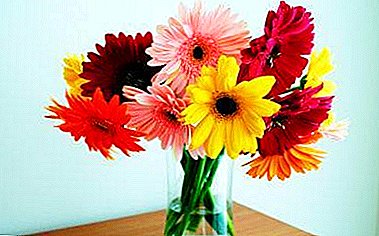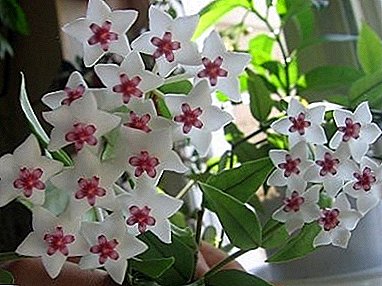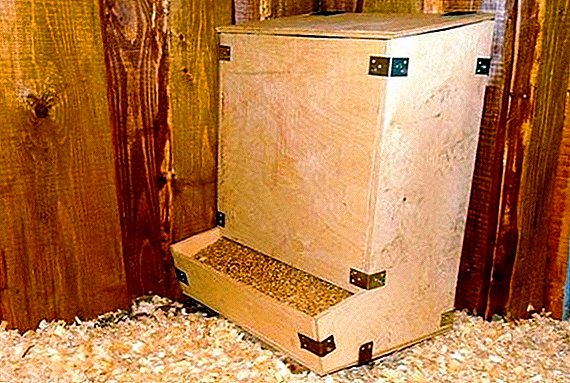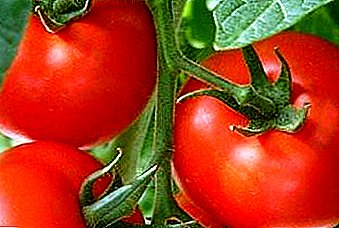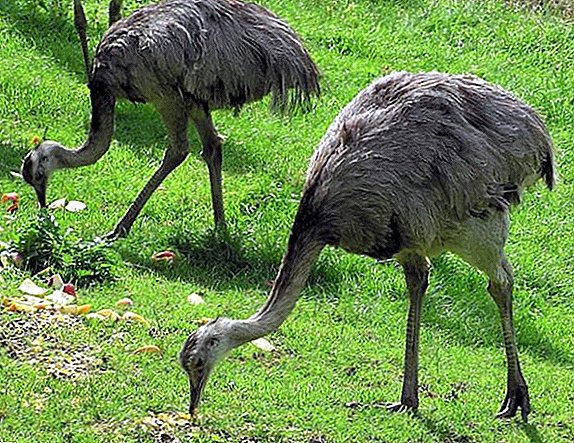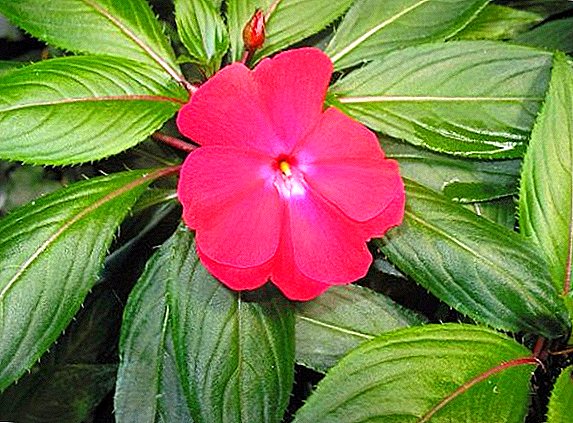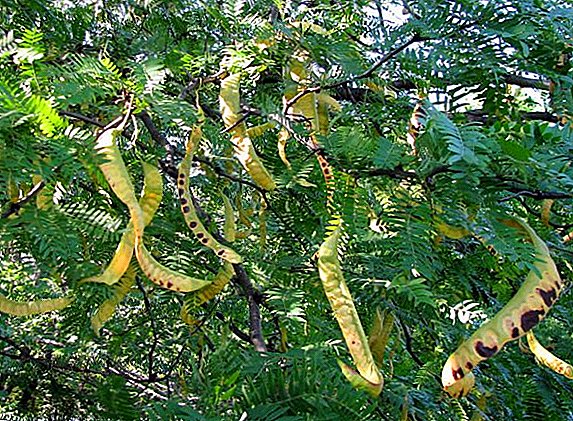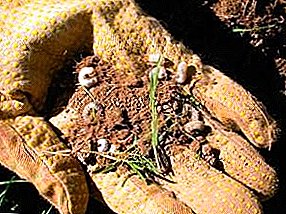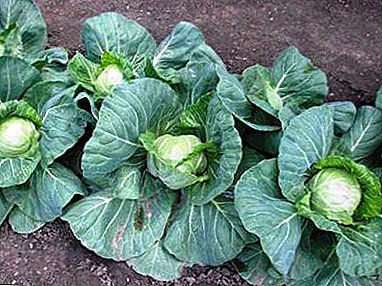
Parel F1 is a hybrid of white cabbage, derived by Dutch breeders.
White cabbage Parel - superearly hybrid. It is appreciated for high yield, excellent taste, ease of cultivation, versatility in use, friendly maturation.
This variety is listed in the State Register in the 90s of the last century and quickly gained popularity. It gives a good harvest in all adverse weather conditions. The rosette of leaves is compact, the rosette leaves are directed vertically. Productivity - up to 4.5 kg / sq. For open ground, for early summer culture. The hybrid is suitable for thick landing.
Description
Vegetation period Parel F1 is 50-55 days. Vegetable high-yielding. The fruit of his cast, with a rounded, light green color, has a weight of up to 2 kg. Excellent root and leaf structure. It is ideally transported, has a long shelf life, preserves its presentation for a long time. The plant is immune to many diseases.
A photo
Next you can see the photo of cabbage Parel F1:





History of
Thanks to the crossing of several prolific varieties, the Dutch managed to produce a ripening fruit with excellent taste. In Russia, the vegetable is grown for over 20 years.
Difference from other types
In suitable conditions, the cabbage of this variety ripens in 50-55 days. Such an indicator compared with other varieties can be called a record term.
Bringing a hybrid of cabbage Parel F1, breeders managed to minimize the ripening period of heads.
Features of cabbage Parel F1:
- The possibility of obtaining early harvest.
- Uniform germination of seeds.
- Friendly ripening.
- Resistance to variable weather conditions.
Cultivation target
The heads of this hybrid, due to the early maturation, are a great addition to the table in the form of fresh salads. The increased content of vitamin "C" and other nutrients makes it possible to use this vegetable for cooking baby and diet food. In addition, fast-ripening cabbage Parel F1 can serve as an excellent means to generate income when selling on the market.
The advantages and disadvantages of the variety
 The main advantage of the hybrid is its great taste.. The leaves of this cabbage are juicy, sweet and crunchy.
The main advantage of the hybrid is its great taste.. The leaves of this cabbage are juicy, sweet and crunchy.
After cutting the head of cabbage, there is a slightly noticeable, pleasant aroma that lasts a long time. Cabbage stands out for resistance to cracking forks and flowering, ideal as early varieties, because it is not afraid of the cold.
Along with obvious advantages, this variety has one drawback: it is impossible to make harvesting cabbage Parel F1 for the winter. But meanwhile, this variety of cabbage is designed for fresh consumption and matures exactly at the time when the human body needs microelements and various vitamins that are in abundance in the June cabbage leaves.
Instructions for care and landing
Time to land
As a rule, sowing starts in mid-March. Seeds are planted to a depth of 1 cm, and at the end of April, seedlings should have five or more leaves. During this period, they are transplanted to the garden bed.
Choosing a place
Before planting cabbage seedlings on a bed, it is necessary to take into account requests for crop rotation. It is not recommended to plant cabbage after beets and several seasons in a row on the same place.
The best place to place the beds will be the land after carrots and cucumbers.
Soil for early varieties
It is advisable to cook beds for these vegetables in the fall, for this you can use fresh manure as a fertilizer and dig up the site. Under the early cabbage processing beds begin in late April.. It is necessary to evenly distribute the compost on the site and re-dig it to a depth of 17-20 cm.
Landing
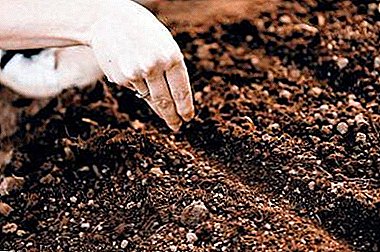 When sowing seeds in a bed, early cabbage should be sown in rows with a distance of 30 cm. Usually, seeds are planted in small grooves, lightly covered with earth and slightly tamped.
When sowing seeds in a bed, early cabbage should be sown in rows with a distance of 30 cm. Usually, seeds are planted in small grooves, lightly covered with earth and slightly tamped.- Then you need to pour plenty of water and cover with polyethylene, which should be removed only after germination. When growing cabbage in a seedling way, you first need to prepare it, following the simple conditions of care. In this case, the main requirement is to withstand a temperature of about 20 degrees and a light day for about 10-12 hours.
- When the appearance of 5-7 leaves, seedlings can be planted in the ground in the same way as seeds. The depth of planting at the same time should not exceed the point of growth of the stem.
Temperature
Cabbage, without doubt, is a plant that easily tolerates a lower temperature. Although for a shoot of shoots it is enough + 3-5 degrees, but for the friendly appearance of seedlings you need +20 degrees. For the grown seedlings for normal growth, + 14-17 degrees is enough. The cabbage is adversely affected by temperatures of +25 degrees and above.. In such hot conditions, the cabbage tissue begins to thicken, and the lower leaves turn yellow and fall off.
Watering
An essential criterion for the excellent yield of vegetables is regular and proper watering of plants. It depends on him the taste and other properties of cabbage.
Watering the vegetables in the garden should be warm water, since cold liquid can provoke a weak growth of the root system and as a result - a disease of the plant.
As a result, heads of cabbages may form weak, or not even begin to form. It is especially important to comply with the irrigation regime on the fragile seedlings.
Top dressing
How the plant will develop, and how large the head will be formed, depends largely on how this vegetable is supplied with nitrogen. This is especially important before tying the fork, and when the fruit begins to form, it will be necessary to potash fertilizer.
In this way, 7 days after transplanting, it needs to be fed with urea solution (3 tablespoons per 10 liters of water), and before forming a fork, ammonium phosphate is used in the same proportions.
Hilling
 As a rule, this operation is performed twice per season: one and a half weeks after transplanting, to maintain a thin stem and after 40 days - to strengthen the root system. In addition, re-hilling protects the plants from the influence of the wind (does not allow it to bend) and removes excess moisture from the soil.
As a rule, this operation is performed twice per season: one and a half weeks after transplanting, to maintain a thin stem and after 40 days - to strengthen the root system. In addition, re-hilling protects the plants from the influence of the wind (does not allow it to bend) and removes excess moisture from the soil.
As soon as the seedlings take root, you need to hold the first loosening.. Subsequent to be carried out with an interval of about 8-9 days.
A few words about hilling - this event is vital cabbage, because a stalk sprinkled with earth gives additional roots, which, in turn, has a positive effect on future harvest. The first hilling is performed 3 weeks after landing.
Harvesting
Seed producers usually indicate a maturing ripening bag - Parel F1 is not an exception. These early cabbage varieties begin to collect at the end of June, and this process ends in mid-July.
Crop storage
This hybrid has a short lifespan.as well as all the early varieties. In this regard, knowledgeable growers, realizing that they will not be able to consume the crop in the next 3-4 weeks, try to sell it on the market and get a good income from it.
Diseases and pests
Early cabbage is subject to all sorts of diseases. The most common and harmful are:
- Fusarion wilting. Manifested within 3 weeks after transplanting, this affects the root system and leaves. The foliage turns yellow and gradually fades.
- Vascular bacteriosis. The first signs of the disease manifest themselves in the Parel F1 hybrid four weeks after planting crops on a flower bed, and sometimes continue until harvest.Notice that a spot appears first on the lower leaves, and gradually the spots reach the central stem.
- Mucous bacteriosis. During the formation and setting up of the head of cabbage, brown oily spots appear on the leaves below, after which parenchymal cells are affected and moist rot with an unpleasant odor develops.
Prevention
 With each disease plants - their methods of dealing with them. Almost all diseases have one common cause - non-compliance with the temperature and humidity in the soil.
With each disease plants - their methods of dealing with them. Almost all diseases have one common cause - non-compliance with the temperature and humidity in the soil.
And also an important cause of disease is a violation of the general rules for growing this crop, such as:
- Timely cleaning of residues of vegetation at the end of the season.
- Weeding.
- Digging of beds from autumn.
- Compliance with the order of crop rotation.
It is recommended to plant marigolds to repel insects from plants.. Their smell does not tolerate pests.
Conclusion
The main advantage of Parel cabbage is undoubtedly its precocity, which makes it possible not only to enjoy vitamin salads at the beginning of summer, but also to gain income if these vegetables are grown in excess.


 When sowing seeds in a bed, early cabbage should be sown in rows with a distance of 30 cm. Usually, seeds are planted in small grooves, lightly covered with earth and slightly tamped.
When sowing seeds in a bed, early cabbage should be sown in rows with a distance of 30 cm. Usually, seeds are planted in small grooves, lightly covered with earth and slightly tamped.